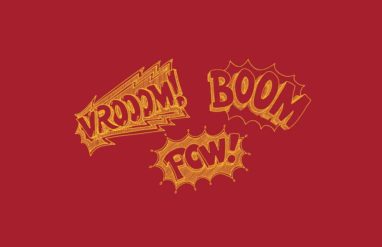When you come across an unfamiliar word while reading, how do you try to understand its meaning? Chances are you use context clues—even if you’ve never heard of that term.
Faced with a sea of unfamiliar words, beginning readers learn many techniques for decoding words and expanding their vocabularies. Teachers use the term decoding to refer to the ability to see a written word and read it aloud.
Looking for context clues is one technique that is helpful for readers of all ages and experience levels. But how can you identify a context clue?
What are context clues?
The term context clues is used as a way of referring to the bits of information within a text that can serve as hints to help a reader understand the meaning of an unfamiliar or unusual word or passage. In effect, context clues can be anything that helps you to figure out or guess the meaning of a word or passage when you’re unsure of its meaning. Context clues can be part of the same sentence or they may be part of the text that comes before or follows. Because most of our vocabulary is gained through reading, it is important that we are able to recognize and take advantage of context clues.
WATCH: Words Bookworms Mispronounce Because We Read Them First
What does a context clue look like?
There are at least four kinds of context clues that are quite common:
- Synonym (or repeat context clue): An author will use more than one word that means the same thing. For example, there may be a complex word followed by a restatement using a simpler word in the same or following sentence: Felipe is a miser. He’s always been a cheapskate.
- Antonym (or contrast context clue): The text may include a word or words that have the opposite meaning, which can reveal the meaning of an unknown term: Stella has always dressed flamboyantly. I’ve never seen her wear a dull color.
- Explanation (or a definition context clue): An unknown word is explained within the sentence or in the sentence immediately after: On Friday, we visited the arboretum, a garden dedicated to the exhibition of trees and plants.
- Specific example (or an example context clue): The text provides one or more examples used to define the term: The children were able to observe several crustaceans, including crabs, lobsters, and shrimp.
There may also be word-part context clues in which a common prefix, suffix, or root will suggest at least part of the meaning of a word.
A general sense context clue lets the reader puzzle out a word meaning from whatever information is available—and this is the most common kind of context clue. The relationships between words are not directly obvious and instead implied.
Others describe context clues in three ways:
- semantic or meaning clues: For example, when reading a story about cats, the reader will have the expectation that it will contain words associated with cats.
- syntactic or word order clues: The order of the words in a sentence can indicate what part of speech a missing word must be (for example, a verb).
- picture clues: From an early age, beginning readers are taught to look at illustrations to help with the identification of a word.














